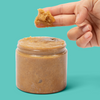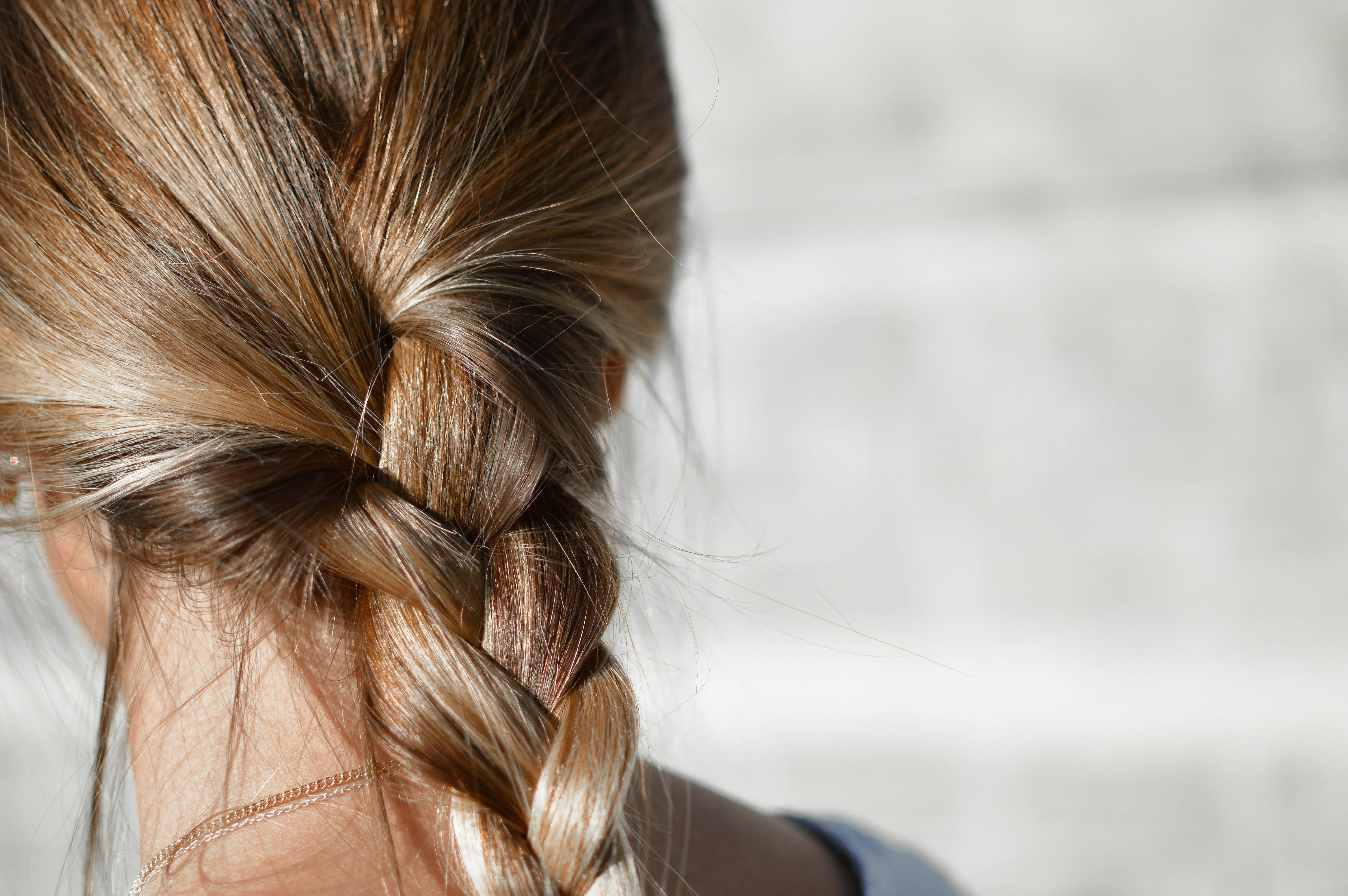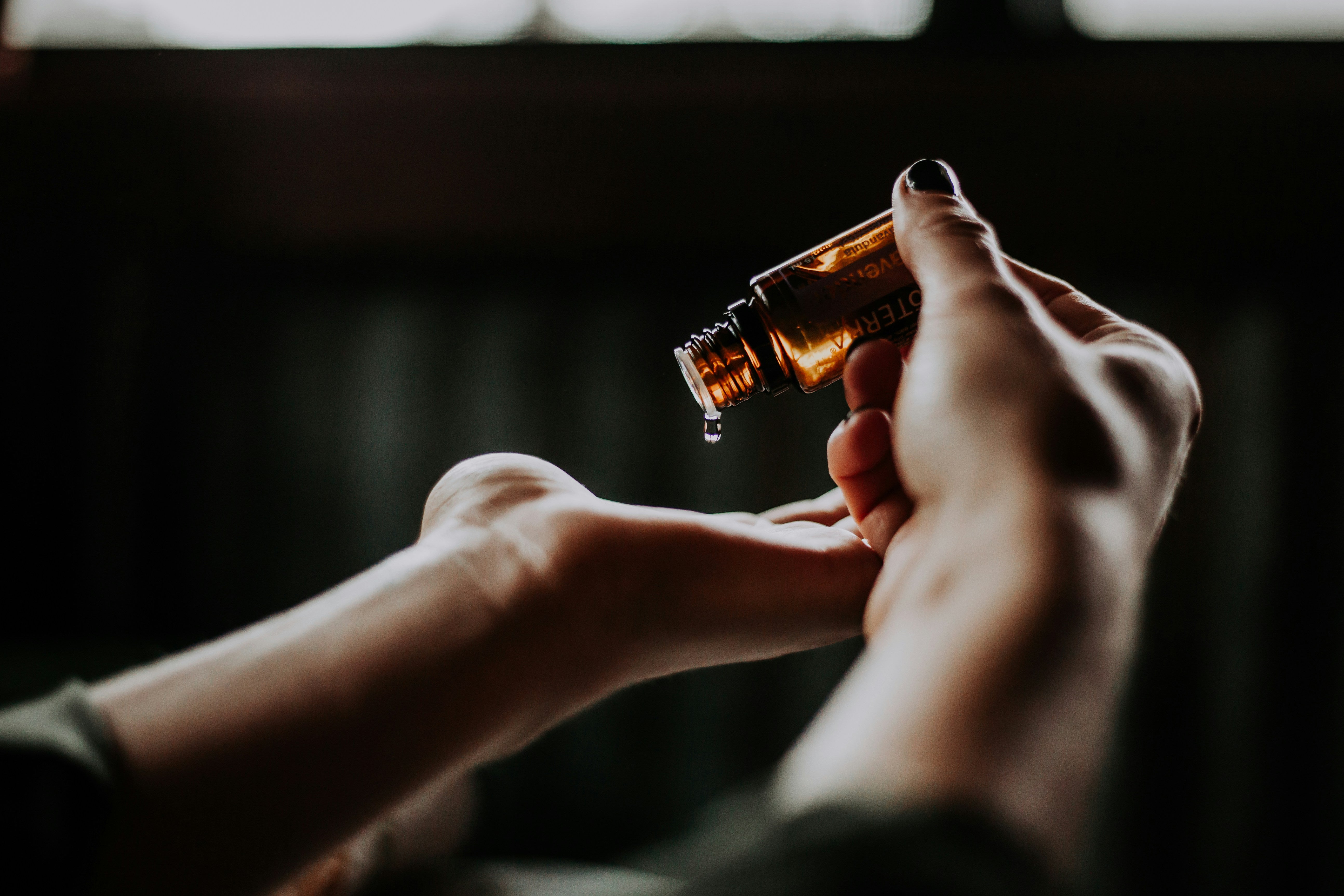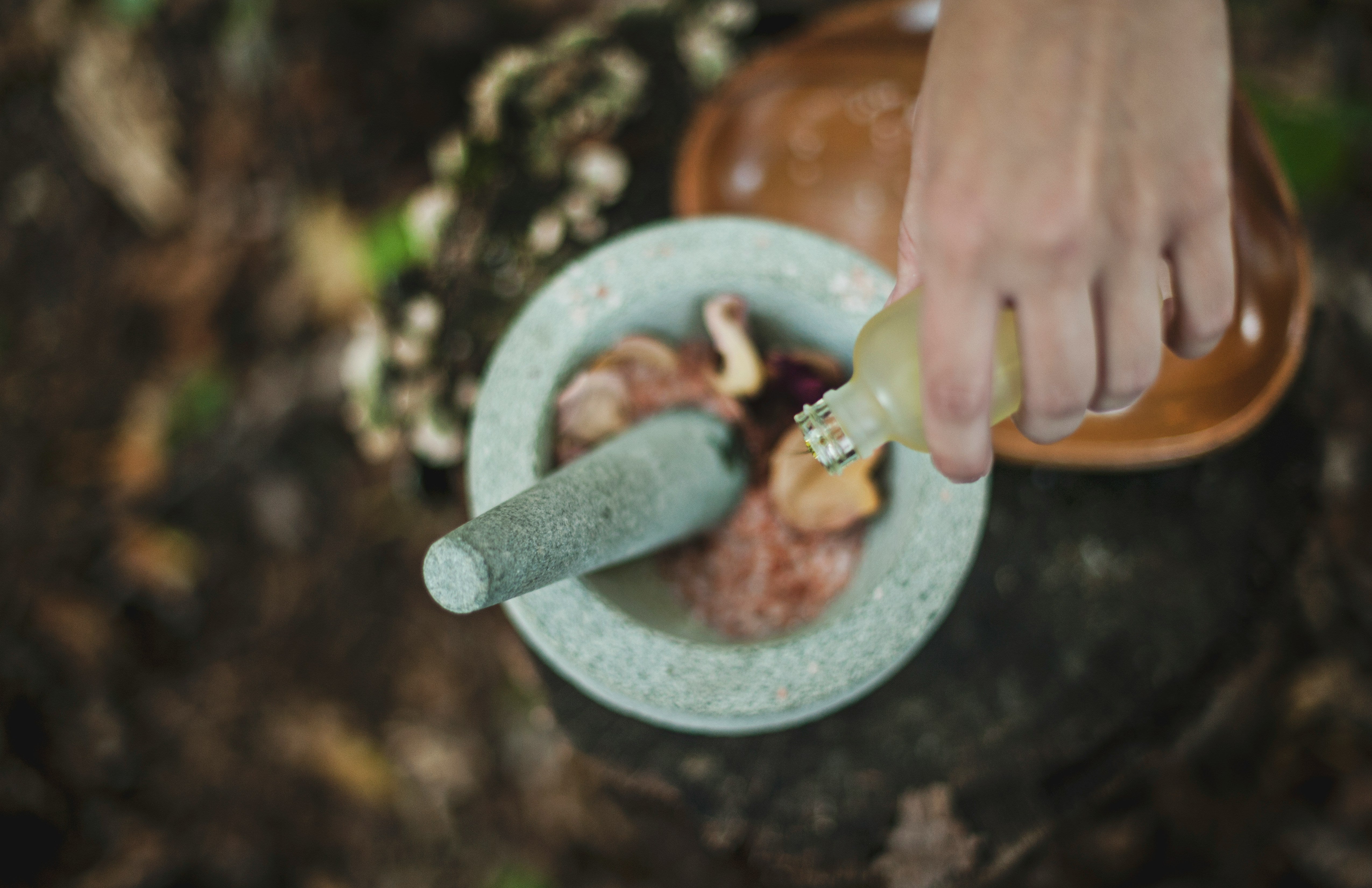How to Make Batana Oil for Hair Growth at Home

The benefits of batana oil are impossible to ignore. This natural solution has the power to put an end to hair loss and even encourage new growth. It also serves as a miracle oil for skin issues. The only problem is that it can be expensive, leading many to consider their own DIY batana oil.
As you’ll discover in this guide on how to make batana oil at home, though, the work that goes into the process is why it isn’t cheap. From sourcing ingredients to roasting them and extracting the oil safely, it takes a lot of time. There is no guarantee you’ll get an effective solution, either.
Simply put, you get what you pay for.
That’s why ultimately you’re better off investing in your own health and wellness by purchasing 100% raw batana oil here at Spoild, the #1 choice online sourced ethically from honduras and free from all additives.
You can join 40,000 happy customers who have transformed their hair today, or you can learn more about the process of batana oil making below to get a new appreciation for what goes into bringing this product to life!
Overview of Batana Oil
This nutrient-dense oil comes from the nuts of the American palm tree, Elaeis oleifera, predominantly found in the rainforests of Honduras.
It has been a beauty staple for centuries among the indigenous Miskito people, often referred to as the “Tawira” or “people of beautiful hair.” it’s clear to see why in looking at the benefits of batana oil for hair growth.
This is all thanks to its rich Vitamin E content, which is packed with antioxidant properties. It’s this mechanism that helps combat free radicals and promote scalp health.
But that’s not all. The oil is also loaded with essential fatty acids like oleic and linoleic acids that maintain the hair's moisture balance and elasticity. As a result, it’s capable of preventing hair loss and promoting new growth.
It nourishes the salp and encourages blood circulation, which strengthens the hair from the roots up and reduces breakage and thinning. Meanwhile, it’s deep conditioning properties also repair damage and add volume, resulting in thicker, healthier hair. It also imparts a natural, glossy shine that looks beautiful on all hair types.
Beyond hair care, batana oil offers significant benefits for the skin. Its hydrating and reparative properties make it an excellent natural moisturizer for dry, damaged skin. The oil improves skin texture and elasticity, helping to reduce the appearance of scars and stretch marks.
Moreover, its anti-inflammatory properties soothe skin irritations such as eczema and psoriasis, promoting overall skin health.
How to Make Batana Oil for Hair Growth at Home: Step-by-Step Guide
If you’re committed to saving some money and learning how to make batana oil for hair growth, here’s what you need to know about the process, from ingredient sourcing to prep work, roasting, grinding, extracting, and more.
Gather Ingredients
You’ll obviously need raw Elaeis oleifera nuts, which can be sourced from specialty suppliers or online stores. Source matters from both a quality and ethical perspective, so do your due diligence.
Additionally, prepare a roasting pan, a grinder or mortar and pestle, a cloth for straining, and clean, airtight containers for storing the oil. If you have to go out and source all this, keep track of the costs along the way. You’ll be surprised at just how quickly things start to add up.
While you may save money in the long run if you make batches on a consistent basis, you’ll pay way more upfront for the process than you’d pay to simply order the best batana oil online here at Spoild!
Preparing Raw Ingredients
Start by thoroughly cleaning the raw nuts to remove any dirt or debris. This ensures the oil is pure and free from contaminants. Rinse the nuts under running water (ideally filtered) and let them dry completely before moving on to the next step.
Roasting the Nuts
Roasting the nuts helps to release their natural oils, making the extraction process more efficient. Preheat your oven to 350°F (175°C). Spread the cleaned nuts evenly on a roasting pan and place them in the oven.
Roast them for about 30-40 minutes, stirring occasionally to ensure they roast evenly and don’t burn. The nuts should turn a deep brown color and emit a rich, nutty aroma when they are ready.
Grinding the Roasted Nuts
Give the nuts a chance to cool slightly after the roasting process before moving on to the next step - grinding them down. You’ll use a grinder or mortar to crush the nuts into a fine paste.
A thorough grind takes a lot longer, but it’s necessary for pulling out as much of the oil as possible during the extraction process. If you still see anything resembling chunky peanut butter, you’re not done!
Investing in a quality grinder can help streamline this process, but again - how much are you willing to pay for equipment when the highest-quality oil is just a few clicks away at Spoild?
Extracting the Oil
There are several methods to extract the oil from the ground nuts, but the pressing method is the most effective for home use. Here’s an overview of how to make batana oil for hair growth using this approach:
- Place the nut paste in a cloth or cheesecloth and wrap it tightly.
- Squeeze the cloth over a bowl to extract the oil, applying steady pressure to release as much oil as possible.
- You may need to twist and press the cloth several times to get a substantial amount of oil.
Another method is to use a double boiler. Place the nut paste in a double boiler and heat it gently over low heat. As the paste warms, the oil will begin to separate and rise to the surface. Use a spoon to skim the oil off and transfer it to a clean container.
While this method is quicker and less manual, it does compromise some of the important properties of the batana oil. There’s pros and cons to each method, but ultimately, cold pressing batana oil leads to the most potent, pure end product.
Storing Your Homemade Batana Oil
Pour the extracted oil into clean, airtight containers, preferably made of dark glass to protect it from light exposure - which could affect the potency and shelf life of your homemade batana oil.
Store the oil in a cool, dark place, such as a pantry or cupboard. Properly stored, batana oil can last for up to six months. So, be sure to measure out your portions carefully during the DIY batana oil process to prevent making more than you can use.
Now What?
Now that you have your homemade batana oil, it’s time to incorporate it into your hair care routine. We have a more detailed guide on how to use batana oil on hair if you’re interested.
But, it’s pretty simply. Just apply the oil to your scalp and hair, focusing on areas that need extra attention, such as the ends or any thinning spots. Use it as a deep conditioning treatment by leaving it in overnight and washing it out in the morning with a mild shampoo.
One of the most common questions we get is, how long does batana oil take to work? It all depends, but consistent use of batana oil can help promote hair growth, improve scalp health, and add shine and texture to your hair within a few weeks or months.
Is DIY Batana Oil Worth the Time and Effort?
There you have it - how to make batana oil for hair growth! But before you run out to source your ingredients and pick up any necessary equipment, it’s important that you consider whether it’s really worth the time and effort or not. Let’s look at the pros and cons below.
Pros of Making Batana Oil at Home
- Control Over Ingredients: You can ensure that the oil is 100% pure and free from additives, preservatives, or chemicals. This is particularly appealing for individuals with sensitive skin or allergies who need to be cautious about the products they use.
- Cost Savings: While the initial investment in raw materials and tools is high, making your own batana oil can be cost-effective in the long run. Buying high-quality, pre-made batana oil can be expensive, but as we’ve said already, you get what you pay for.
- Customization: You can experiment with different roasting times or extraction methods to find the process that yields the best results for your hair and skin. You can even create custom blends by mixing batana oil with other beneficial oils or natural ingredients to target specific concerns.
Cons of Making Batana Oil at Home
- Time-Consuming: From sourcing high-quality nuts to roasting, grinding, and extracting the oil, each step demands attention and patience. Finding the time to make batana oil can be challenging, and truthfully, there are better things you could do in your free time!
- Requires Specific Tools and Materials: Sourcing ingredients, supplies, and equipment can be difficult. The initial investment is steep, too. You’ll find that you’re paying more for DIY than you would for your first few orders of an expertly crafted product!
- Inconsistent Quality: This is perhaps the biggest reason we advocate for investing in professional quality. Without the precise control and expertise that professional producers have, it can be hard to ensure that your DIY oil is as effective as store-bought versions. Translation: you may not end up seeing the results you want after wasting months waiting around!
- Potential for Mess and Waste: Spilled oil, burned nuts, or ineffective extraction methods can result in a loss of valuable ingredients and effort. This can also create quite a mess in your kitchen, leading to more wasted time cleaning up.
All things considered, there’s no reason to bother learning how to make batana oil at home when a premium, proven solution awaits at Spoild.
Get High-Quality Raw Batana Oil at Spoild to Avoid the Stress of DIY and Boost Your Results!
Spoiled is proud to present high-quality batana oil at a fair price. Our products are sourced ethically and 100% pure, free from any additives you may be concerned about.
After all, we use these products ourselves and so do many of our family members - we don’t take our sourcing and manufacturing processes lightly!
You can start small with a 2oz bottle if you’re still on the fence, or you can get the best value with our 16oz tub. This is a full year’s worth of batana oil and works out to just $0.27 per day!
With more than 40,000 happy customers, you can trust that you’re getting the pure, potent solution you need to see noticeable improvements fast. The sooner you order yours, the faster you’ll make your dream hair a reality, so what are you waiting for?
Final Thoughts on How to Make Batana Oil at Home
That concludes our guide on batana oil making for hair growth. While the appeal of DIY is cost savings and control over ingredients, it’s not all it’s made out to be when you really look at what goes into the process. You’re far better off leaving it to the professionals here at Spoild.
The only thing left to do now is get started reaping the benefits of high-quality batana oil without the hassle. Order yours today and see firsthand what a difference it can make in your hair care and skincare regimen!







